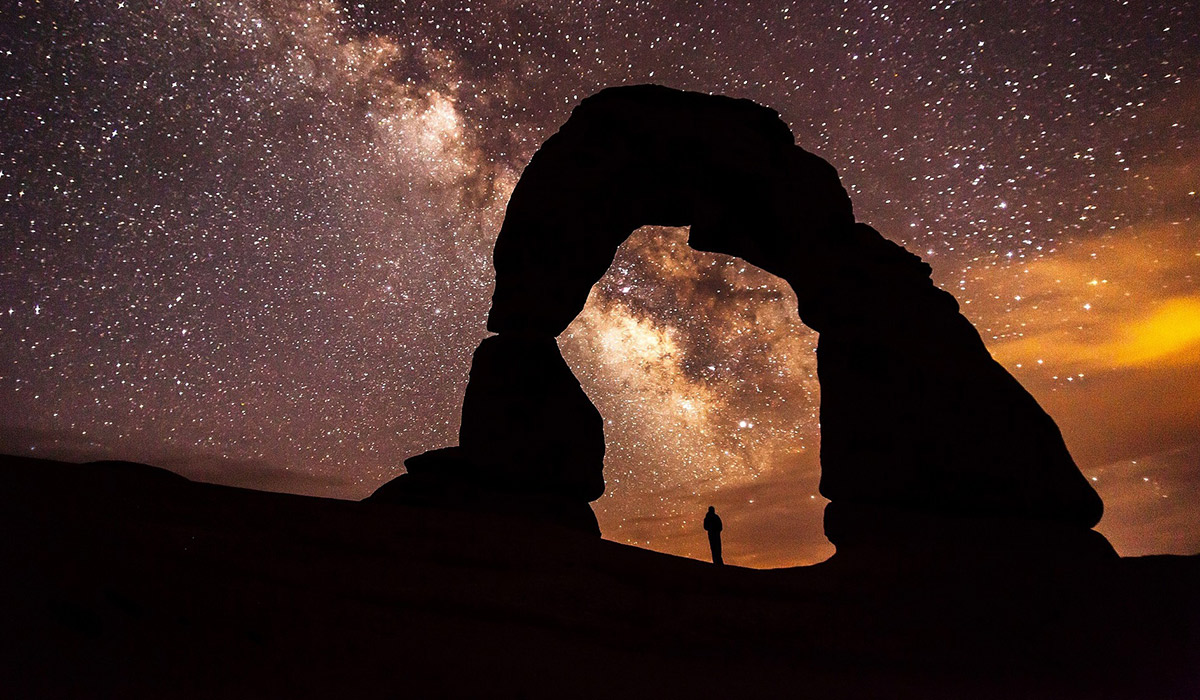

How do aesthetic factors such as beauty, awe, and wonder play a role in scientific research? And how does this change in different cultures or fields?
These and other questions were explored during the first International Symposium on the Aesthetic Dimensions of Science, a day-long conference held at The Catholic University of America on June 3.
The interdisciplinary symposium was organized by Brandon Vaidyanathan, associate professor and department chair of sociology and a fellow with the University’s Institute for Human Ecology. Vaidyanathan chose to organize the event as part of an ongoing research project that explores the ways in which scientific research is not only methodical, rational, and objective, but is also shaped by aesthetic and emotional elements.
“When you read what prominent scientists have written across centuries, they’re often writing rather eloquently about the importance of beauty in science, and beauty as a driving principle, along with awe and wonder,” Vaidyanathan said. “What interests me as a sociologist is whether this is simply the providence of famous celebrity scientists and Nobel prize winners, or is this a part of the ordinary experience of the way scientists work?”
To explore this topic, Vaidyanathan invited astrophysicists, biologists, sociologists, and other renowned experts from around the world to present. The day began with a talk from James McAllister, a professor of philosophy at Leiden University in the Netherlands, who spoke about how scientists often describe scientific equations as beautiful. The question McAllister tries to explain is why scientists consider theories that strike them as beautiful as more likely to be true than those that do not.
To explain this, McAllister offers a theory which he calls aesthetic induction, a “learning process where scientists update their aesthetic preferences in the light of empirical performance.” Through this process, he theorizes, scientists look back on past successes and unconsciously begin to think of those experiences as more positive or aesthetically pleasing than other solutions, until eventually the correct solutions begin to seem beautiful to them.
“This provides a link between scientist’s preferences and the objective properties of theories and encourages scientists to think that their aesthetic preferences are tuned to true theories,” he said.
Also presenting during the morning was Mario Livio, an astrophysics professor from the University of Nevada in Las Vegas, who spoke about the various kinds of human curiosity and why curiosity should be supported. His talk was followed by one from Robert Gilbert, a biology professor from the University of Oxford, who discussed the relationship between natural beauty and knowledge.
Afternoon presenters included sociologists Renny Thomas from Jesus and Mary College in New Delhi, India, and Stefano Sbalchiero from the University of Padova, Italy, who spoke about the ways scientists in India and Italy express their religion or spirituality in their work.
Duilia de Mello, Catholic University professor of astrophysics and vice provost for research support, also spoke in the afternoon and shared how she uses wonder and beauty to build curiosity and excitement for kids learning about science.
“Many of us here are actually teachers and we have a role in kids’ lives of triggering their curiosity,” de Mello said.
One of the keys to triggering curiosity among young people, de Mello said, is to start with interests that they already have. Another method is to use the technologies and communication styles that they use and to keep conversations going.
“Triggering dreams is relatively easy,” she said. “The problem is how do you follow up and keep them interested.”